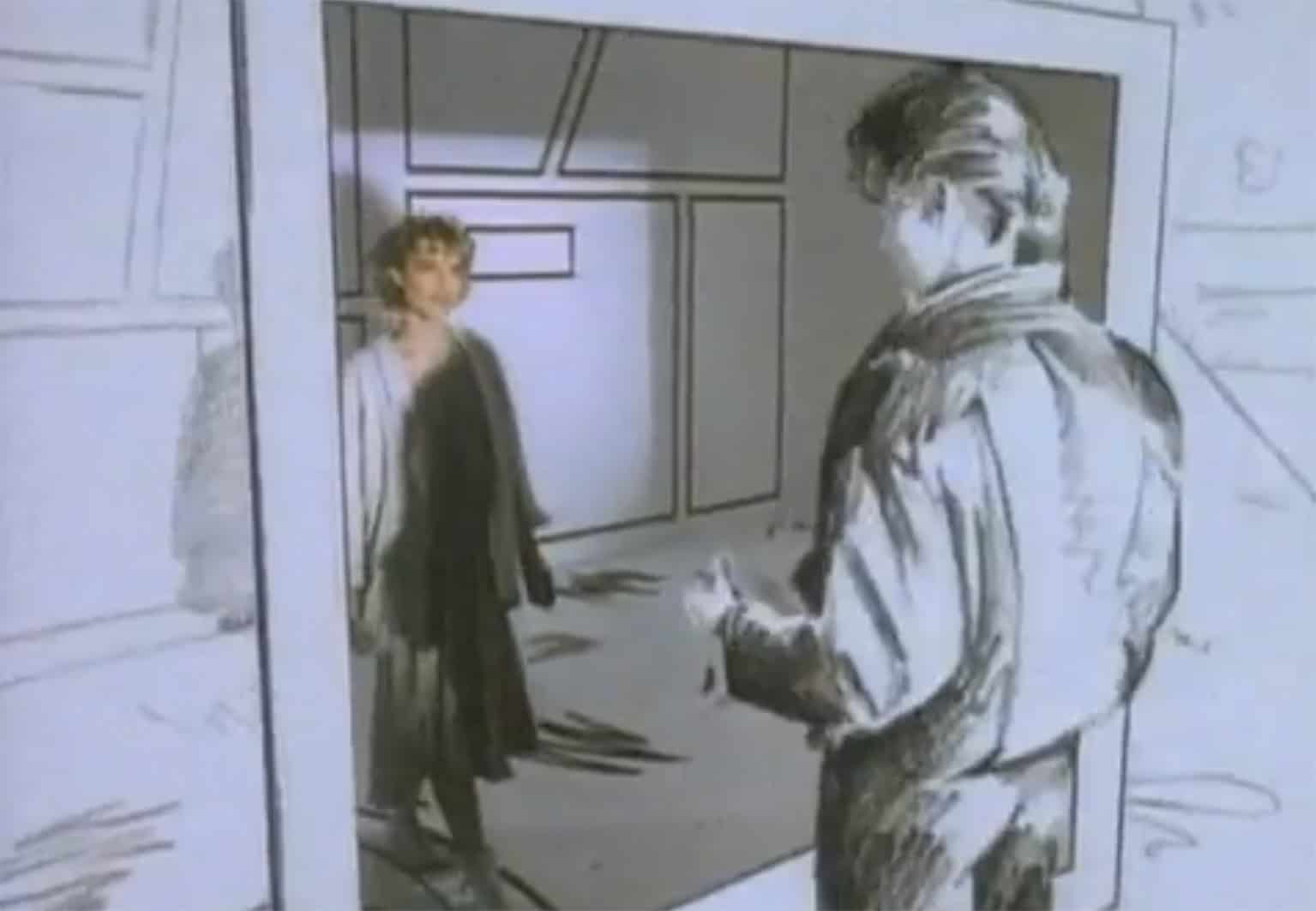Today we handled lighting and adding plasticine to the character models
Today we learned that shadows in lighting can be softened by the addition of diffusers, which diffuse the light over a larger area and reflections can be removed by angling the light source in such a way the camera doesn't catch it.
A good resource is Light Science and Magic (3rd or 4th Edition), at around page 194
Plasticine models:
Marilyn and I worked on plasticine models, while Chloe refined the cutouts of the UI section
a nearly complete Lulu
Chloe marveling at all the work she's done today
videogame UI with the perspex sheet
videogame UI
camera setup for the lighting test
Completed Lulu and Zack. I may add a tutu onto lulu later
A goofy (terrible) gif of a partially complete Lulu giving the ol' razzle dazzle (the final animation will look waaay better than this)
Zack's completed model
Lighting tests:
We also had a camera and tripod in the class so I decided to test the perspex sheet we ordered to see how it would reflect
We forgot to check the iso of the camera, so the image was really dim, even when the room lights were on
Here's the image, with the paper cutouts sitting on top of the perspex sheet, which reflects the fluorescent lights overhead
Here's the image with the main lights turned off, lit by a single lamp with a diffuser taped onto it to soften the shadows. The perspex sheet does not reflect the lights (yay!), now we have to fix the camera angle and brightness of this shot.
These images were just me testing with the light angle, the presence and absence of the reflector etc.
The images were quite dim, which can be remedied by fiddling with the camera settings (aperture size, exposure duration etc.) or by adding another lamp.
Here's a(n edited) pic of me doing the lighting tests that I didn't notice was being taken
Stop-mo review (lighting edition)
The Sea Is Blue (2015) by Vincent Peone

The Sea Is Blue is a stop-motion short detailing the story of how the ocean became blue. The short begins with a fisherman and a little girl named Bean, who were fishing and playing with toys respectively. Whilst playing, Bean falls from the boat and sinks to the bottom of the ocean, where she meets and plays with various deep sea fish. Upon noticing her disappearance, the fisherman had stopped his boat and set down the anchor to rescue her. Upon realising she has to leave, Bean says goodbye to her new friends and swims to the surface. As she swims to the surface, the previously green ocean turns blue around her.
I found this film to be a short, but sweet watch and beautifully animated too. I enjoyed the underwater bits due to their dream-like quality and good use of colour (the soft, dappled greens were pleasing to my eyes). I also enjoyed that Bean ends up befriending some of the more "scary" fish such as the angler fish and something which looks similar to a Sloane's viperfish.
Vincent Peone says in an interview (found here: https://www.youtube.com/watch?v=MSHTdEFsBjc&list=PLo_ncjWJvq-gJqGQaQERz93_4YA139e62) that the film was dedicated to his sister, who was in a coma at the time; for which the surrealist underwater scenes act as a metaphor. The puppets were made from clay over a wire armature, and the faces were CG animated in post. Bean's hair in particular was made from goat hair over wires to obtain the movement in the strands as seen in the windy/underwater scenes.

Behind the scenes shot from the director interview video. You can see that to achieve the underwater effect, they had a perspex/glass sheet with the water effects on top and the light above being filtered through by a diffuser. The soft greenish tint for the underwater scenes was probably added in post-production
















































